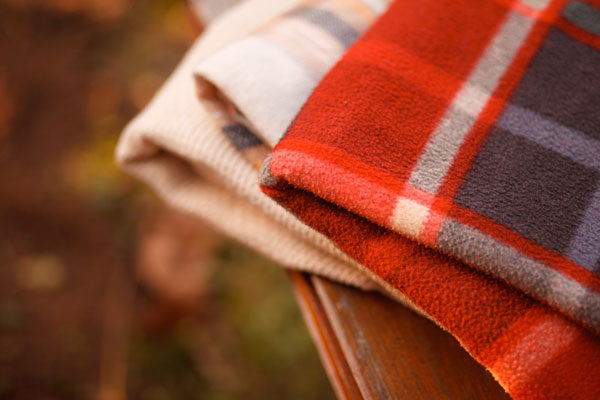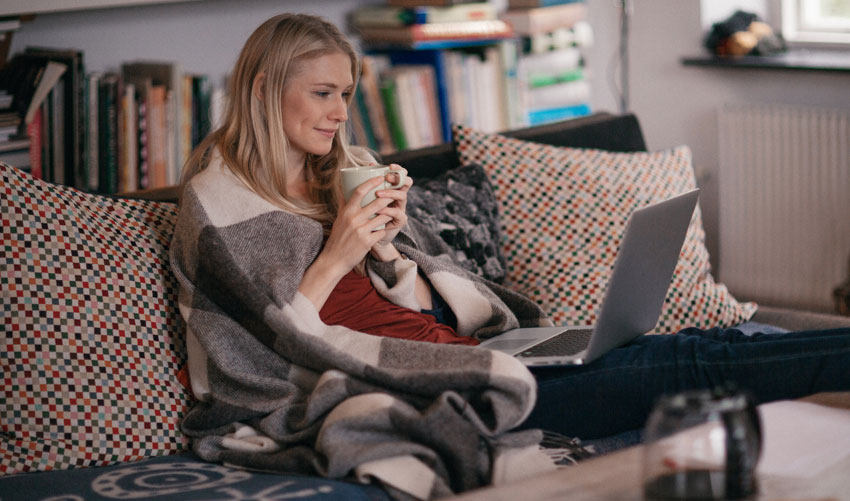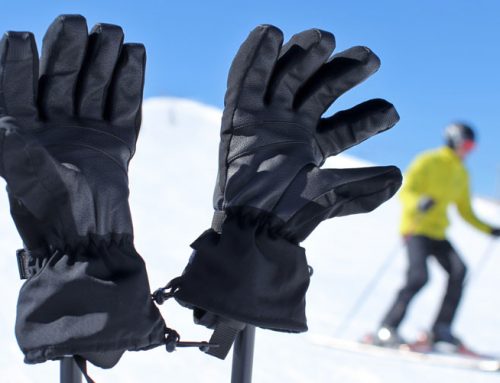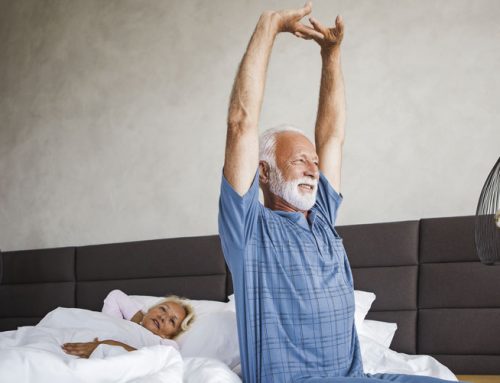Staying warm in the winter months can be difficult, a convenient way to help you stay warm and comfy on your couch or in your bed is by using a heated blanket. There are people out there that believe that heated blankets are not safe, and choose not to use them because of this. So we will delve into why people think this, and how we can safely use the blanket
This article will cover the reputed dangers of heated blankets, and how to use them in the safest manner possible.
Table of Contents
Where did heated blankets get their bad reputation?
From the late 1980s to the mid-1990s, a number of house fires were caused by electric blankets, which rightfully led to people being skeptical about using electric heated blankets for some time. Most of the house fires occurred in the UK. Some of the house fires were so severe that they caused deaths. The majority of the fires were deemed to be as a result of the wires inside of the electric heated blankets overheating, cause the blanket to catch fire. Investigations were thorough in the UK following the numerous fires, and it was discovered that 99% of heated blankets causing fires were 10-35 years old, meaning only %1 of blankets less than 10 years old contributed to fires. This showed that older products had wiring that significantly declined with age and/or use.
A second reason for the number of fires was that people did not store their electric blankets correctly. You should never leave heated blankets plugged in for long periods of time when not in use, this caused wires to overheat on older blankets without auto shut-off features. Other people crumpled or folded blankets for storage, which can bend and break wires inside the blanket.
In summary, the two main causes for heated blanket fires in the 80s and 90s were:
- Heated blankets became worn out after 10 or more years of use
- Heated blankets were used or stored incorrectly
Hardly any safety issues came from newer products, so if you used and stored your heated blanket correctly, and replaced it at least once every 10 years you likely would have no issues.
Luckily the technology and materials in heated blankets have advanced. The majority of heated blankets include automatic shut-off, which is either time-controlled or activated once the blanket reaches a designated temperature.
Safety tips for using heated blankets
Always check the product label, and make sure that is has been certified by a national testing laboratory (e.g., UL). If you want you can also check the Consumer Product Safety Commission to see if there is an active recall on your heated blanket
Keep the blanket uniformly flat when in use. Folds can create hotspots, where too much heat is concentrated.
Get a blanket with an auto shut-off feature, or make sure you turn it off before going to sleep if it doesn’t.
Make sure to consider the type of bed you are using. Some beds are not recommended for heated blanket products, such as waterbeds, put-out sofa’s, recliners, or hospital-style beds. It is also recommended you do not use a heated blanket and heated mattress pad together, as this could potentially cause overheating.
How to minimize risk with using heated blankets
- Get rid of old blankets: most blanket caused fires are caused by products older than 10 years, whose internal wiring/heating elements have degraded or been damaged. Newer blanket models have better wiring, and have auto shut-offs, and thermostats.
- Don’t put anything heavy on top: unless specifically stated, heated blankets are not meant to be laid on. This can cause damage to the internal wiring and heating elements.
- Avoid using spin cycle for washing: even if your heated blanket is washing machine safe, try not to use spin cycle, as the movements (twisting, tugging, etc.) can damage internal coils.
- Keep pets away!: try and keep your pets away from your heated blankets, their teeth and claws can damage for heated blanket. If your pet is attracted to the heat, then you can either get them their own heated, or a low voltage heated blanket that won’t have the power to create a significant shock or fire threat (just won’t heat up as much).
- Keep cords in sight: you may not want power cords visible, however, it is ill-advised to run them under your mattress, as this can damage the cord or trap excess heat.
Safely store a heated blanket
- Storing the cords: make sure to unplug the controls and cords. Place the controls and cord in a small bag.
- Fold your blanket (LOOSELY): you don’t want to fold your heated blanket tightly, as this can put pressure on the heating elements, and cause them to break.

- Put heated blanket in a bag: put the heated blanket in a bag to protect from dirt, dust, and moisture. Then place the smaller cord and remote bag unit on top, so everything is stored together in the big bag (don’t want to lose anything).
- Store it safely: put it on a shelf or in a box somewhere where it won’t be exposed to the elements, and won’t get too hot and/or cold. Avoid putting anything on top of the blanket when storing.
Summary
Heated blankets got their bad reputation for the degrading heating elements on heated blankets over 10 years old, and people not using or storing their heated blankets in the correct manner.
Heated blankets are safe to use if you have newer ones, which are being made much more comprehensively, with safety and quality in mind. Always follow manufacturer instructions for use, storing, and washing. The above information is meant to consumers people about heated blankets, not replace manufacturer instructions.



